Teething Babies and Rainy Days Once Cut Calls Short
Cars That Think
MAY 14, 2025
In her new book, License to Spill: Where Dry Devices Meet Liquid Lives (The MIT Press, 2025), Plotnick explores the dynamic between everyday wetness and media devices through historical and contemporary examples, including cameras, vinyl records, and laptops. License to Spill is Rachel Plotnicks second book.


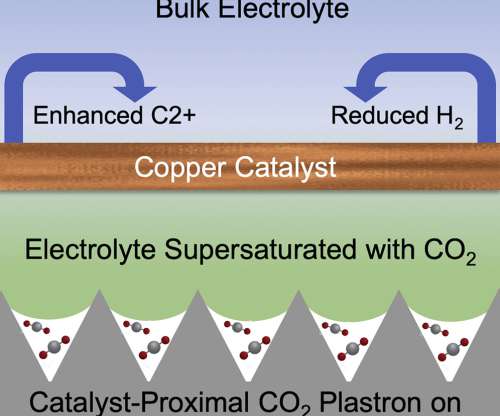

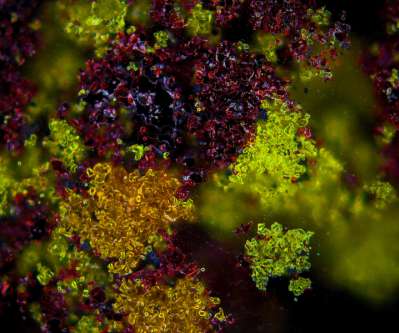


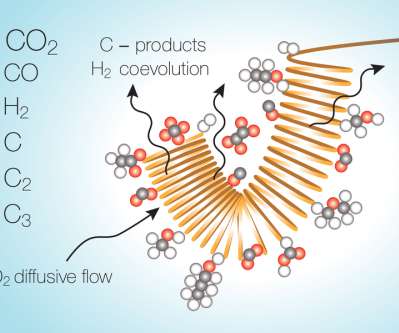











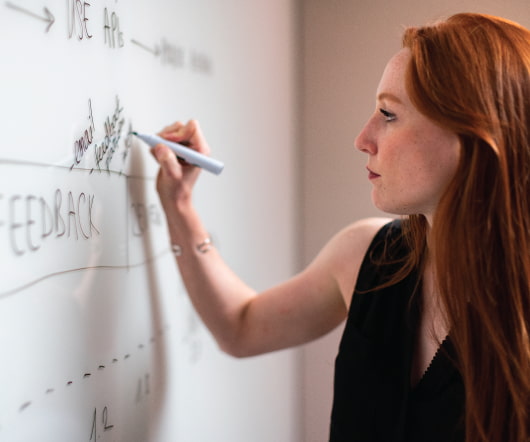








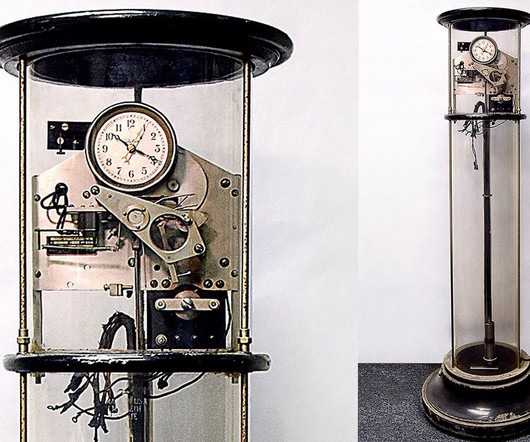
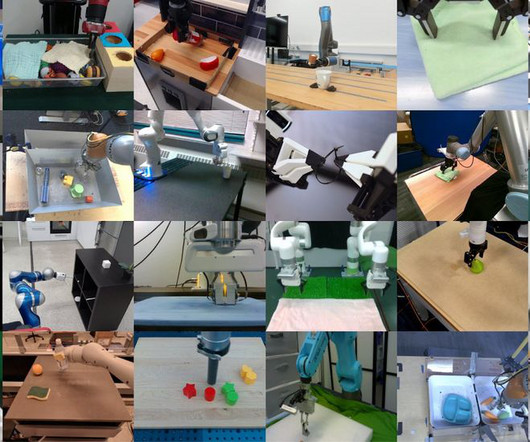

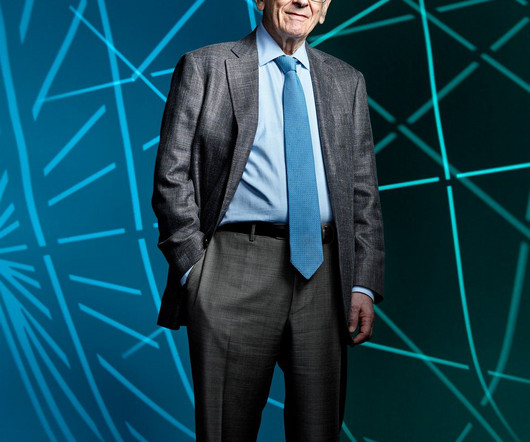







Let's personalize your content